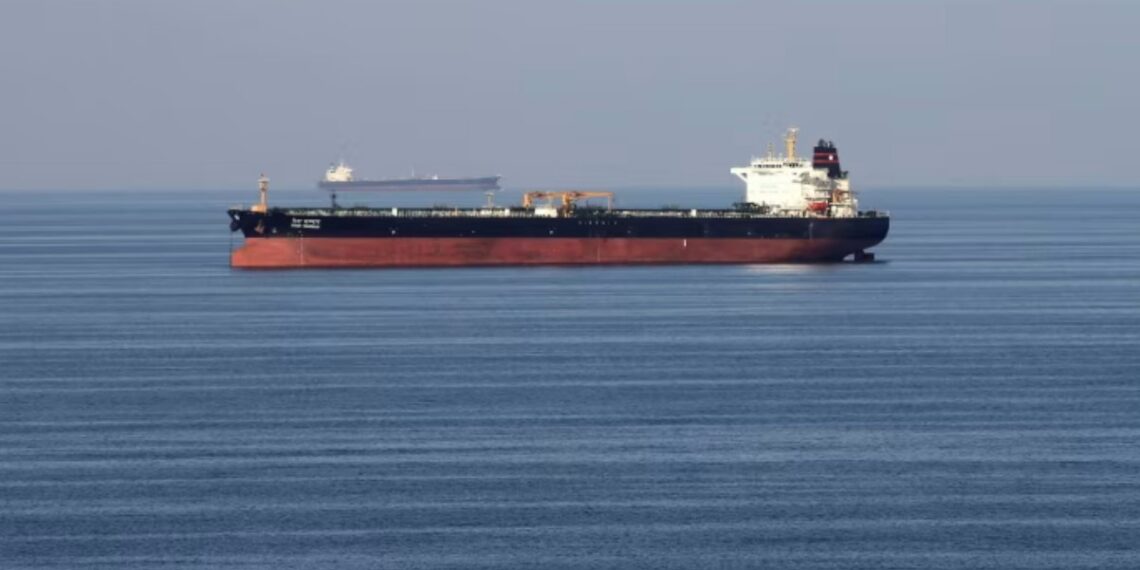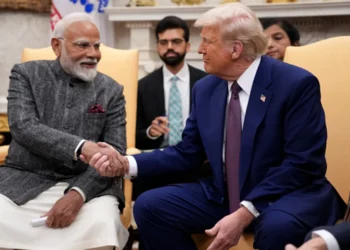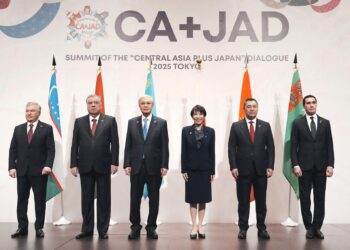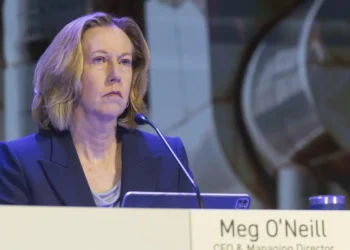DUBAI (Realist English). The cost of chartering large oil tankers through the Strait of Hormuz — a vital chokepoint for global energy supplies — has more than doubled in the past week, as shipowners grow increasingly reluctant to operate in a region roiled by renewed conflict between Israel and Iran.
According to data from Clarksons Research, the daily rate to charter a Very Large Crude Carrier (VLCC) from the Gulf to China jumped from $19,998 on the eve of Israel’s military action to $47,609 just one week later. The surge far exceeds the 12% rise in the Baltic Dirty Tanker Index, which tracks global oil shipping rates.
“Shipowners are holding back,” said Joakim Hannisdahl, founder of Gersemi Asset Management, a hedge fund specializing in maritime investments. “They’re expecting higher returns in the near future as geopolitical risk premiums inflate charter prices.”
Rates for Long Range 2 (LR2) product tankers — which typically carry refined oil products — also saw a dramatic increase, rising from $21,097 to $51,879 per day over the same period.
The sudden spike reflects growing concerns that Iran’s crude export capacity may be disrupted, especially as buyers shy away from the country’s so-called “dark fleet” — a network of sanctions-evading tankers that operate outside international regulatory systems.
Richard Fulford-Smith, head of energy-focused investment firm Eden Ocean, explained: “If buyers avoid Iranian ships entirely, demand for compliant, mainstream vessels soars — and with it, freight rates.”
Adding to the market’s anxiety, Frontline’s Front Eagle — one of the world’s largest publicly listed tanker operators — collided with a dark fleet vessel after exiting the Strait earlier this week. Though there were no casualties, the incident underscored the operational risks in the region.
While Stephen Gordon, managing director of Clarksons Research, confirmed that oil flows from the Middle East have so far remained steady, he acknowledged that “some owners now demand significantly higher risk premiums or avoid the region altogether.”
Frontline CEO Lars Barstad echoed this sentiment in a recent interview with the Financial Times, predicting that buyers may increasingly turn to Gulf exporters outside Iran, reinforcing a shift away from the shadow tanker network.
As tensions escalate and insurance premiums rise — in some cases by as much as 60%, according to underwriters — the tanker market remains on edge. The Strait of Hormuz, through which a fifth of the world’s oil supply passes, now faces renewed volatility, with global energy security once again hanging in the balance.


















